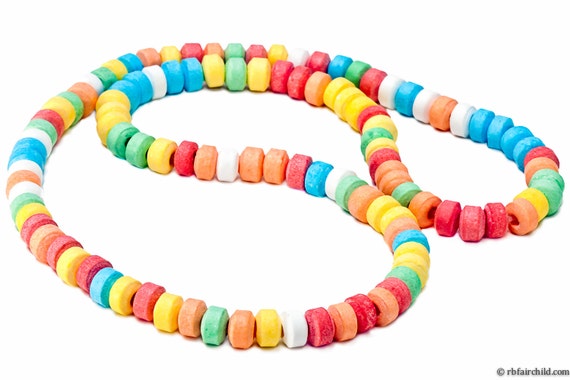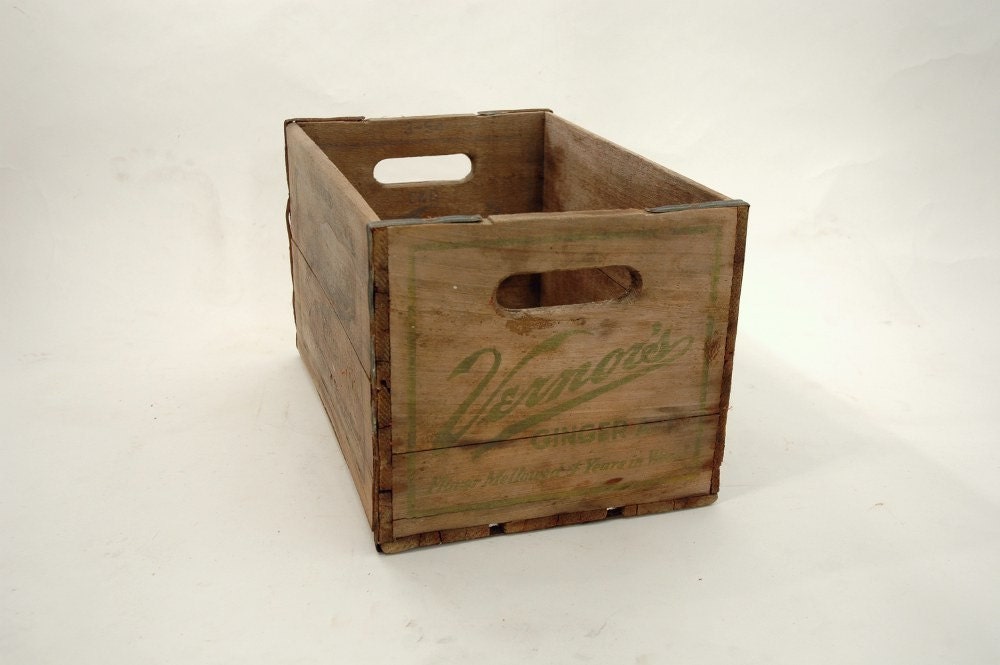Being Public Communications Officer for forest fire
emergency operations in Northern Ontario was my favourite job of all time.
In 1978, I’d only been with the Ontario Ministry of Natural
Resources for a few months when I got my first fire experience. They sent me to
the Regional Fire Centre in Dryden. People there soon learned that was a
mistake. I was clueless. Any former reporter from southern Ontario with no
knowledge about the North would be. Lucky for me, the Regional Director was Ray
Fortner, the former District Manager in Chatham. He knew me from my reporter
days where I had met him and had written about Rondeau Park and about
Conservation Officers patrolling for fish poachers on the Thames River. So, he
turned my few days in Dryden into an orientation. He even took me in a scout
plane to view the huge fire from the air.
A fire that is a couple of miles wide and perhaps ten miles
long will push streams of hot air miles into the sky. A small plane will hit an
updraft and be carried skyward, then plummet when it flies into the cooler
downdraft. I tossed my cookies, using my jacket for a barf bag.
A couple of years later, near the end of May of 1980, I was
at a meeting with naturalists in Murphy’s Point Provincial Park at Big Rideau
Lake. It was about a two-hour drive from both my office in Kemptville and my
home in Nepean. I was told to leave the government car I was using at the
airport in Ottawa where a ticket was waiting. I was to go straight to the Ontario
Fire Centre (OFC) in Sault Ste. Marie. If I missed the flight, the back-up was
early the next morning.
I thought to myself that I needed to pack and to tell Joan
that I would be away, and there were people I needed to inform from my office,
so I chose to go to the office and take the morning flight. When my boss, Roy
Taylor, saw me in the hallway, he called me into his office. “You missed a
flight to go on fire duty,” he said. “If you ever miss another, you will never
get chance to miss a third.”
I’d never seen Mr. Taylor so serious.
The fire flap that spring was huge with 100 fires not under
control across the North. At the OFC, my job was to collect the fire reports
sent by teletype from the regional centres and write a daily round-up of the
fire situation province-wide. My report was checked by the provincial fire boss
then sent to news services. Teletype – basically typing through phone lines --
was the most efficient way to send information at the time. Compared to today’s
electronic communications, teletype was slow and limited.
My news experience, that orientation up in Dryden, plus my
stint at OFC, made me the candidate for communications officer for the
provincial fire team. During two weeks in winter, I went to the OMNR
professional development centre in Dorset, near Algonquin Park, to attend fire
management training. Foresters, biologists, resource technicians and others
from offices across the province were handpicked for the team: fire boss,
personnel manager, supplies manager, aircraft manager, and others. The public
communications manager (me) reported to and got information from the maps and
records officer. I learned not to bother anyone else. Fighting fire was like a
military operation.
In 1982, twice I got a call for fire and went straight to
the Ottawa airport. I knew somebody else would tell Joan. I knew I could get
toiletries and extra clothes from the supply manager in Red Lake when I got
there. I flew to Toronto, changed plans to a Nordair flight that landed in
Sault Ste. Marie and Thunder Bay before I got off in Dryden. In Dryden, I got
on a plane that held less than a dozen people that put down in Kenora and Sioux
Lookout before landing in Red Lake. At Red Lake, a truck took me to the
district fire centre where the team I had met during the winter in Dorset were
doing their jobs – tracking aircraft, marking jump fires on a wall-size
topographic map, ordering equipment, planning personnel allocations -- it was
intense and just like a military operation.
I went right to work, collecting statistics – size and
location of the fire, type of fuel (forest type), threat to habitation, threat
to private property, weather conditions and forecast, number of fire crews* on
the ground, number of water bombers and helicopters. My job was to write public
dispatches and to speak to any media who called. I was at the fire centre for
two weeks from before 6 a.m. to after 10 p.m. daily and loved every minute.
The fire was threatening a Native community. My daily dispatch
said an evacuation plan was set to go. I got a call from CBC in Toronto, they
were sending a reporter and videographer to cover the fire. The reporter told
me they would be renting a helicopter to get aerial shots.
“No you won’t,” I said. “Our first priority is to protect
lives. We have air traffic control of the region. Besides, there are no
helicopters available because we are using them all. Come and get your footage and
information, buy I will take you in a helicopter, make sure you get the best
footage of the fire that can be taken safely, and also arrange for us to land
at the base camp where you can interview the firefighters.”
They arrived and it went as planned. They got great footage
and we got the coverage we needed to inform the province about our efforts.
The camp was set up in a location that had already burned.
It was the most surreal thing I have ever seen. Imagine a sunny day after a
snow storm in a forest where everything is blanketed in white snow. Now, change
that white snow to black ash. The stumps and skeletons of trees were black.
When a forest fire consumes all the oxygen in a location, some trees actually
bake from the heat but do not catch fire. So, small clusters of unburned
evergreens were completely black. The rocks faces and the earth were black. The
only things not black were the lake and the sky, and brown tents, firefighters
in orange jumpsuits, and the yellow float planes.
Toward the end of my years with OMNR, I was Communications
Planner and Projects Manager for Forest Resources Group at Queen’s Park. By
then, the forest fire management centre in Sault Ste. Marie had hired a
full-time communications person. That ended fire duty for me, but I was always
glad to have had to the opportunity to be part of the team.
*A fire crew is five
people armed with chain saws, axes, hose, a pump and a radio. Never six, never
four. If the fire changes and they have to get out of their positions, a
helicopter will land in a clearing or shore. There is no time to ask how many
people are getting on. The pilot counts one, two, three, four, five guys and
takes off. Each crew has a leader. Every five crews has a group leader. Every
five groups … and so on.
I was never on a crew -- battling in the heat, the smoke,
the ash, the mud, the rugged terrain and their own exhaustion. They fought the
fire, I told the story. They had their job. I had mine.











